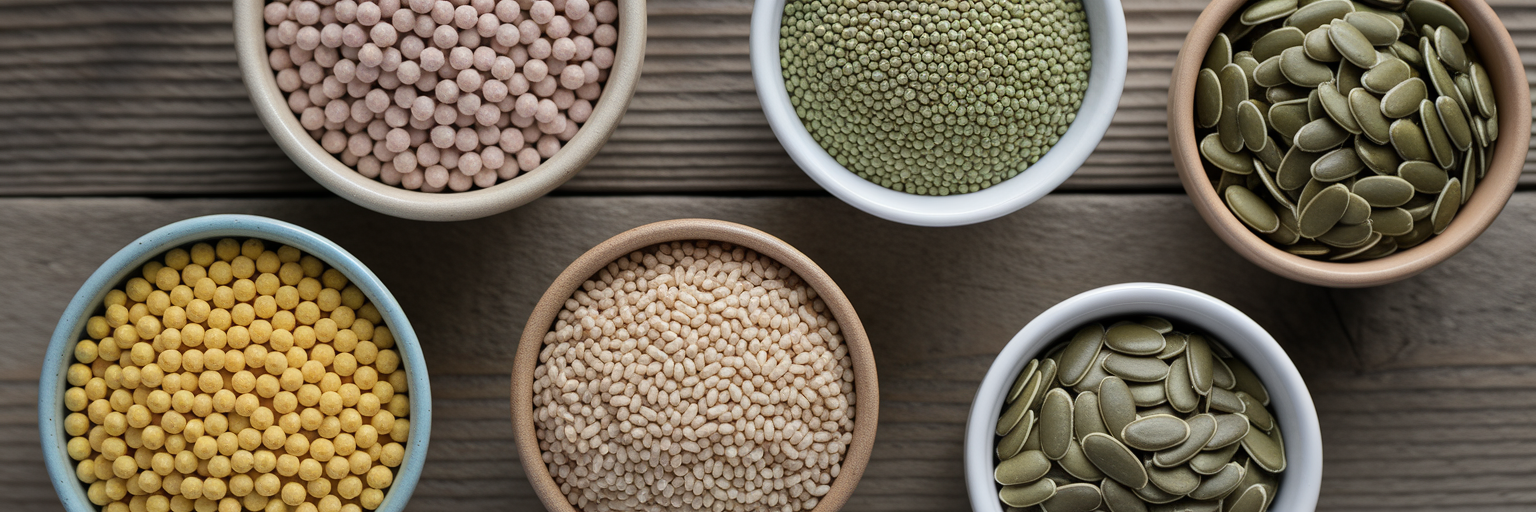Why Your Protein Powder Label Matters
The vegan protein market has expanded significantly, offering more choices than ever before. While this variety is welcome, it also means a wide range of quality. We’ve all seen tubs with bold claims, but the real story is always on the back. The nutrition label is not just an ingredient list; it is a transparent roadmap to a product's effectiveness, purity, and ethical standards.
Learning to read it properly is an essential skill for anyone serious about their health. It transforms the process of choosing a vegan protein from a guess into an informed decision. This guide will equip you with the knowledge to identify high-quality protein sources, spot unwanted additives, verify protein content, and understand what sustainability claims actually mean. It’s about moving beyond the marketing and focusing on what truly fuels your body.
Identifying High-Quality Protein Sources

When you first turn over a container, your eyes should go directly to the ingredient list. The foundation of any great vegan protein powder is its protein source. Look for whole-food ingredients listed right at the top. The most effective and popular options include pea, brown rice, hemp, and pumpkin seed protein. Each offers unique benefits. For instance, pea protein is rich in lysine, an essential amino acid, while brown rice protein is known for its easy digestibility.
You will often see these proteins combined. This isn't a cost-cutting measure; it's a thoughtful strategy. Blending complementary sources, like pea and rice, helps create a complete amino acid profile vegan formulas need to be effective for muscle repair and growth. Your body requires all nine essential amino acids to build protein, and a well-designed blend ensures you get them.
Prioritize products that clearly list these clean vegan protein ingredients. Be cautious of vague terms like "proprietary protein blend," which can sometimes obscure the ratio and quality of the proteins used. Transparency is key. When a brand proudly lists its sources, it shows confidence in its formulation. To see how these ingredients come together in practice, you can explore some of our well-formulated options that are built on this principle.
Verifying Protein Content and Amino Acid Profiles
Once you have identified quality ingredients, the next step is to verify their potency. This is where the nutrition facts panel becomes your best friend. Look for the "grams of protein per serving" line. A high-quality product should deliver a substantial amount, typically between 20 and 25 grams of protein, to effectively support muscle recovery and growth.
As we touched on, a complete amino acid profile vegan protein provides is vital. While a blend of sources suggests a complete profile, some brands offer an extra layer of proof. They may provide a typical amino acid breakdown on their packaging or website, showing you the exact amounts of each essential amino acid you are getting. This level of detail demonstrates a commitment to efficacy.
For the highest standard of trust, look for third-party testing certifications. According to NSF International, a leading independent certification organization, these seals confirm that a product contains what the label says it does and is free from contaminants. This verification is especially important for athletes or anyone who needs absolute certainty about their supplements. Just as we explore the science behind other effective ingredients like the benefits of creatine, we believe in validating our formulas with solid data.
Spotting Unwanted Additives and Fillers

A truly clean protein powder is defined as much by what it leaves out as what it includes. Many products on the market are loaded with ingredients that offer little to no nutritional value and can even detract from your health goals. Knowing what to avoid in protein powder is crucial for making a clean choice.
Here are the main red flags to watch for:
- Artificial Ingredients: This category includes chemical sweeteners like sucralose and aspartame, artificial flavors, and synthetic dyes like Red 40. These additives directly contradict a clean nutrition philosophy and have no place in a health-focused product.
- Fillers and Thickeners: Ingredients like maltodextrin and corn syrup solids are often used to add bulk and improve texture, but they can dilute the protein content and may cause digestive discomfort for some people.
- Excessive and Hidden Sugars: Always check how high sugar, fructose, or corn syrup appear on the ingredient list. The higher up they are, the more of it is in the product. Clean formulas use natural, zero-calorie sweeteners or are left unsweetened.
To make this clearer, here is a simple comparison of common additives versus their clean alternatives.
| Ingredient Type | Common Red Flags to Avoid | Clean Alternatives to Look For |
|---|---|---|
| Sweeteners | Sucralose, Aspartame, Acesulfame Potassium | Monk Fruit Extract, Stevia Leaf Extract, Unsweetened |
| Thickeners & Fillers | Maltodextrin, Corn Syrup Solids, Xanthan Gum | Natural Fibers (e.g., Acacia), or minimal/no thickeners |
| Flavors & Colors | Artificial Flavors, Red 40, Yellow 5 | Natural Flavors, Cocoa Powder, Vanilla Bean, Fruit Powders |
Note: This table contrasts common synthetic additives with natural, whole-food-based alternatives to help consumers make choices aligned with a clean nutrition approach.
Choosing products with a short, recognizable ingredient list is the simplest way to avoid these unwanted extras. When you use clean ingredients, you can create delicious and nourishing meals, as shown in these easy vegan protein recipes.
The Value of Sustainability and Ethical Sourcing
The concept of "clean" extends beyond the ingredient list. It also involves how those ingredients are grown and sourced. For many health-conscious individuals, a product's impact on the planet is just as important as its impact on their body. This is where understanding plant protein powder certifications becomes valuable.
Labels like USDA Organic signify that the ingredients were grown without synthetic pesticides or fertilizers. The Non-GMO Project Verified seal confirms the absence of genetically modified organisms. These certifications are not just logos; they represent a commitment to agricultural practices that are better for both you and the environment. As the Environmental Working Group (EWG) highlights, these labels help consumers navigate food standards with confidence.
Beyond certifications, look for brands that are transparent about their sourcing. Do they talk about where their peas or rice come from? Trustworthy companies often share these details, demonstrating a commitment that goes beyond basic requirements. This holistic approach ensures that the product you are consuming is not only pure in its formulation but also produced with respect for the planet and its people. A commitment to transparency is something we value deeply at Beyond Good Foods, as it builds a foundation of trust with our community.
Making an Empowered Nutrition Choice
You are now equipped with the tools to look past the marketing hype on the front of the tub and find the truth on the back. Learning how to read protein powder labels empowers you to make choices that genuinely align with your health goals and personal values.
To recap, here are the core principles for selecting a superior vegan protein:
- Prioritize products with whole-food protein sources.
- Verify the protein content and look for a complete amino acid profile.
- Reject formulas with artificial additives, fillers, and excessive sugars.
- Consider sustainability and ethical sourcing as part of a truly clean product.
With this knowledge, you can confidently choose a protein powder that supports your body and your beliefs. For more guidance on finding the right fit, you can explore our thoughts on the best protein powders for different wellness goals.



